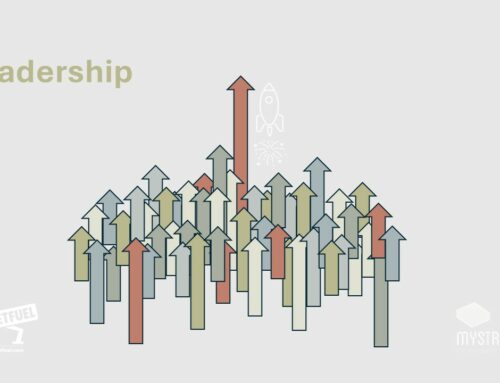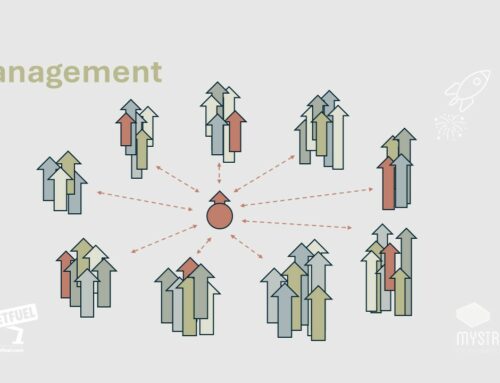
Where good leadership is happening, support it vigorously via active followership to ensure it lasts, suggests Davina Greene.
Think of the last time you went to the theatre and saw a truly wonderful performance. When the standing ovation happened at the end, did you a) start it, b) actively look around to join in once someone else started it, or c) remain seated even when others stood? The last time a positive new initiative was launched in your workplace, did you a) vocally support it, b) look around you to see if any People Whose Opinions Really Count were supporting it, or c) continue as if the initiative didn’t exist? Have you ever really liked Candidate A, stayed in bed rather than voting, and then watched in frustration as Candidate B got elected?
Active Followership: Are We Spoilt For Choice?
True leaders seem to constitute a very small proportion of the population; some of them don’t even realize they hold leadership skills, so engaged are they in the compelling Vision their brain is laying out before them. Sure, we have the “trained” leaders, but reluctant leadership, passive leadership, and leadership-in-title are completely ineffective.
Not everyone on your Management Team is going to be a true leader, so consider if there are other people who seem able to naturally create that positive environment of cooperation and growth we all crave, and – whatever their seniority – don’t leave them hidden, or unaware of that strength. When you find yourself with a good leader doing good things, it makes sense to be active in your appreciation and furtherment of that individual – that is to say, to ensure that active followership is happening. In short: make sure that leader has an meaningful audience.
Understanding Active Followership Dynamics
How can you actively follow a leader? Well, you can instigate active followership by contributing information and helping with decisions, to ensure the general population is well understood and decision quality remains high. You can make absolutely sure not to follow them blindly; question, challenge and influence them if you think they are missing a point of detail or heading in the wrong direction. You can support their Vision generally, taking every opportunity to remind people of it and how their work contributes to it. If you’re more of a ‘process person’ than a leader, you can make sure that business processes are well-explained to the leader you support and that they don’t end up getting caught out on a technicality by the cynics.
As a leader, how do you identify your active followers? Every business has influencers – people who state their opinions, are generally agreed with, and are so balanced (or, at times, brutal) in those opinions that the positive feedback they give really counts to those around them. Identify them, by watching, by asking. Their sphere of influence could be valuable, so get to know them, and get them to know you. As a follower, this also works to your benefit – who do you think a leader will want to pull up through the ranks with them, the actively engaged or the people who say nothing?
If leadership, though expected of you, doesn’t seem to come naturally to you and you can’t quite motivate your team or colleagues because work is “just somewhere you go to earn money” rather than a place you are passionate about, then it makes a huge amount of sense that you effectively ‘trade benefits’ with an active follower who can and does lead, however informally, thereby removing the pep-talking requirement from your job description.
Key Considerations for Active Followership
- In your workplace, consider which leader(s) you really believe in. Are they receiving active followership from you?
- Leaders need appreciation, too. Do they know they’re supported, or could they be gone next week, seeking appreciation elsewhere?
- Remember that active followership should be the very opposite of ‘blind acceptance’.
- Remember that not being on The Leadership Team does not block your ability to influence.
- If you’re not a natural ‘inspirer’, consider the benefits to you of having an internal influencer on your side to inspire active followership amongst others.
A leader, by definition, needs followers; followers want to see Vision, Values, general consistency, and some basic people skills. An active follower needs to work to a Vision that makes sense, but perhaps (and that’s definitely only a perhaps) has no aspiration to sit at the top table. Ask a CEO who the leaders in her company are and she may give you an entirely different answer to the people on the front-line. This is a gap that needs to be closed, and it can only be closed if employees’ preferred, natural leaders are made known somehow. So, who do you consider a strong (potential) leader in your business? And who have you told?
Interested in investing in your own personal – and personal strategy – development? Check out www.MyStrategy.me!
Share This!
About the Author





